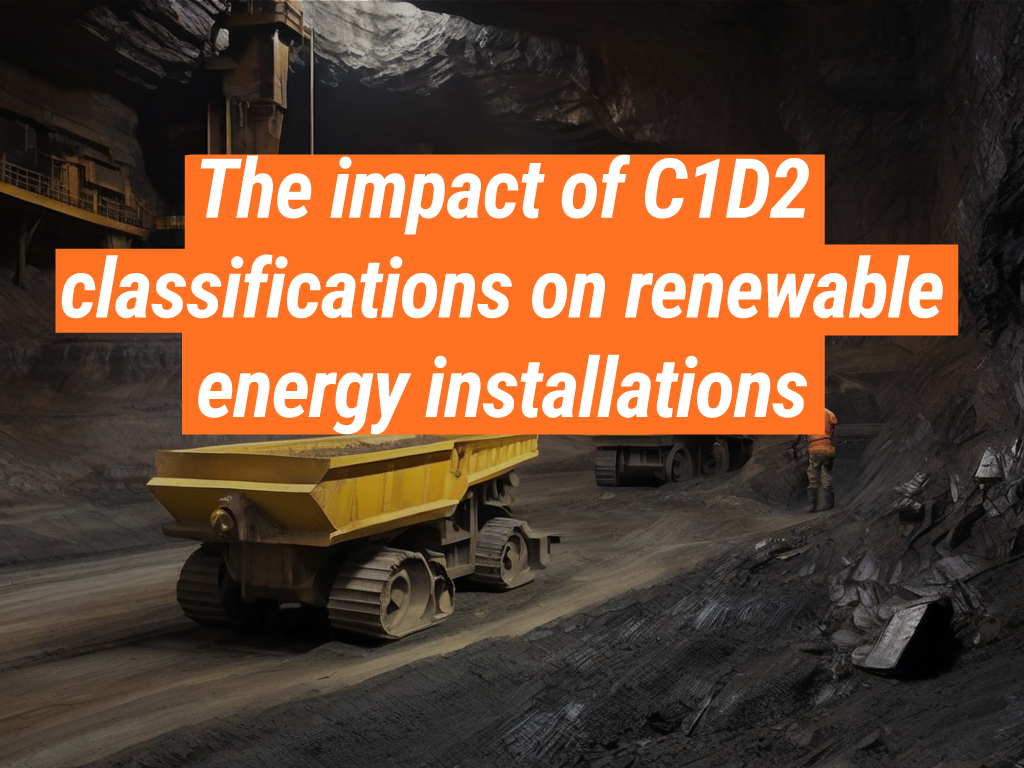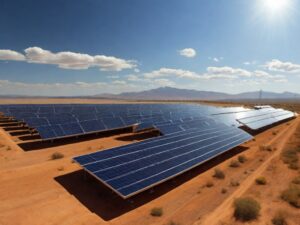Welcome to Intrinsically Safe Store, your one-stop-shop for all things related to safety in hazardous environments. We are committed to providing you with the most up-to-date information on safety standards and their implications on various industries. Today, we delve into the world of renewable energy installations and the impact of C1D2 classifications on them. Visit our website to learn more about our products and services.
Understanding C1D2 Classifications
Before we delve into the impact of C1D2 classifications on The impact of C1D2 classifications on renewable energy installations., it’s crucial to understand what these classifications mean. C1D2, or Class 1 Division 2, is a hazardous location classification as per the National Electric Code (NEC) in the United States. This classification is given to areas where flammable gases or vapors may be present in the air in quantities sufficient to produce explosive or ignitable mixtures but are not likely to exist under normal operating conditions.
The Intersection of C1D2 and Renewable Energy Installations
Renewable energy Installations, such as solar panels and wind turbines, often find themselves in environments that fall under the C1D2 classification. This is because these installations are often located in remote, harsh environments where flammable gases or vapors may be present. As such, the equipment used in these installations must meet the safety standards set by the C1D2 classification.
Implications of C1D2 on Renewable Energy Equipment
The C1D2 classification has several implications on the equipment used in renewable energy installations. For one, the equipment must be designed and constructed to prevent the ignition of flammable gases or vapors that may be present in the environment. This often means that the equipment must be explosion-proof or intrinsically safe.
Furthermore, the equipment must undergo rigorous testing to ensure it meets the safety standards set by the C1D2 classification. This can increase the cost and time required to bring renewable energy installations online.
Case Study: Solar Power in C1D2 Environments
The solar power industry offers a prime example of the impact of C1D2 classifications on renewable energy installations. Installers often place solar panels in remote, harsh environments that may fall under the C1D2 classification. Therefore, they must design and construct the panels and associated equipment to prevent the ignition of flammable gases or vapors.
This has led to the development of C1D2-compliant solar panels and inverters. Designers create these products to operate safely in hazardous environments, ensuring the safety of the installation and the surrounding area.
The C1D2 classification has a significant impact on renewable energy installations. It dictates the design and construction of the equipment used in these installations, ensuring they can operate safely in hazardous environments. While this can increase the cost and time required to bring these installations online, it is a necessary step to ensure the safety of the installation and the surrounding area.
At Intrinsically Safe Store, we understand the importance of safety in hazardous environments. We offer a wide range of C1D2-compliant products to help you meet your The impact of C1D2 classifications on renewable energy installations. installation needs. Contact us today to learn more about our products and how we can help you navigate the world of C1D2 classifications.



























